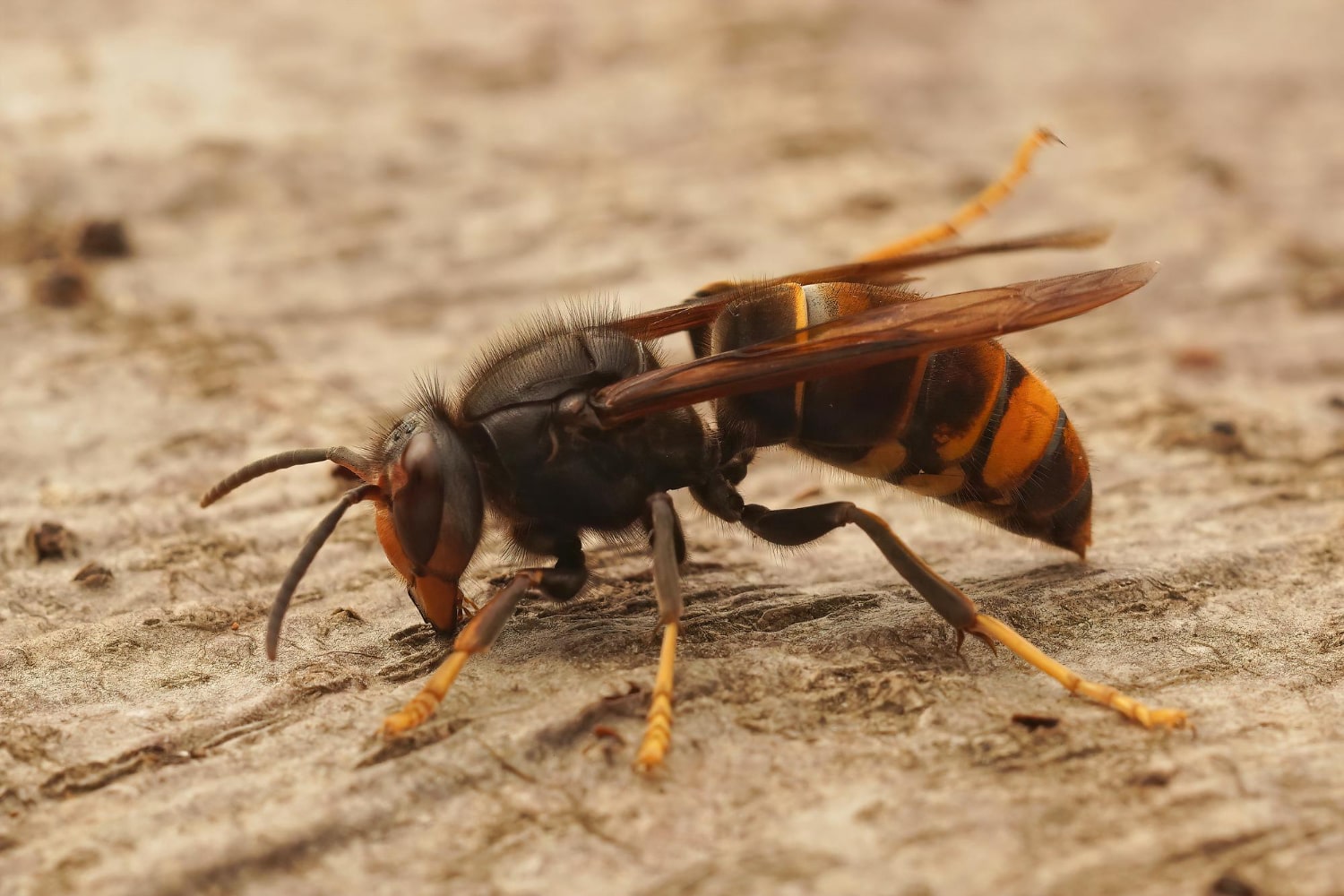Hornets are among the largest and most fascinating stinging insects in the world. Their loud buzzing, large size, and potent sting often provoke fear, but they also captivate scientists and nature enthusiasts. Despite their intimidating appearance, hornets play an essential role in ecosystems by regulating the populations of other insects. They are highly social creatures with complex behaviors and remarkable abilities. Below are some interesting facts about hornets you may not have known.
- Hornets belong to the wasp family and are among the largest stinging insects on Earth. European hornets can grow up to 3.5 centimeters long, and some Asian species are even bigger. Their excellent eyesight allows them to detect colors and motion from long distances. Their large size equips them with powerful stingers and efficient defense mechanisms.
- A hornet sting is considered more painful than that of a bee or common wasp. This is due not only to the length of the stinger but also to the chemical makeup of the venom, which includes acetylcholine, histamine and enzymes that cause strong inflammation. For most people it results in local pain and swelling, but for those with allergies it can be life-threatening. Hornets can sting multiple times without losing their stinger.
- Hornets are social insects that live in colonies centered around a single queen. A nest can contain anywhere from a few dozen to several hundred individuals, including workers, males and the queen. They build nests from chewed wood pulp, forming a structure that resembles paper. These nests are often found in tree hollows, attics or hidden spaces in buildings.
- Hornets play an important ecological role by preying on other insects, including pests. They hunt flies, caterpillars, grasshoppers and even other wasps, helping to naturally control their populations. Prey is used to feed the larvae, which in return produce a sweet substance that adult hornets consume. This exchange creates a complex food relationship within the colony.
- Adult hornets feed mainly on sugary substances such as fruit juice, nectar, tree sap and honey. This is why they are often found in orchards or near sweet food sources. In autumn, when natural sugars become scarce, they become more aggressive in searching for food. This increases the chances of contact with humans during that season.
- Hornets are capable of flying long distances in search of food or new nesting sites. They can memorize landmarks and navigate using visual cues, making them excellent navigators. Their flight produces a distinct buzzing sound that many people associate with danger. This sound is caused by the rapid beating of their large wings.
- Hornets have strong mandibles that allow them to tear apart prey and chew through soft materials. These jaws are also essential in nest construction. They chew wood into a pulp to create layers of cells for the nest. The resulting structure is both lightweight and durable.
- Only the fertilized queen survives the winter and begins a new colony in the spring. She starts by building the first few cells and laying eggs. Once the first workers emerge, they take over all the colony duties. By late summer, new queens and males are produced, starting the next life cycle.
- There are over 20 species of hornets in the world, with the largest being the Asian giant hornet. These hornets can exceed 5 centimeters in length, with a wingspan of up to 7 centimeters. They are considered some of the most dangerous insects due to the strength of their sting and the volume of venom they inject. Still, they typically avoid conflict unless they feel directly threatened.
- In many cultures hornets symbolize strength, endurance and aggression. Their image is often used in logos for sports teams, military units and machinery. In Japan there are even energy drinks made from enzymes derived from hornets. This reflects a cultural respect for their stamina and power.
- Hornets do not attack without reason and become aggressive mainly when defending their nest. They are highly sensitive to perceived threats and may react to sudden movements or the scent of sweat. When one hornet stings, it releases an alarm pheromone that can trigger others to join in an attack. This is why it is dangerous to disturb a nest or wave arms near a hornet.
- Some hornet species have adapted to urban environments and build nests in buildings. They often settle in attics, ventilation shafts or balconies. In such cases it is best to contact pest control professionals rather than trying to remove the nest yourself. A disturbed colony can be very dangerous if it attacks in large numbers.
These incredible facts about hornets show that they are much more complex creatures than they first appear. They play a vital role in nature, demonstrate advanced social structures and show strong adaptability. Although they can be dangerous, they are a key part of the ecological balance. Learning more about hornets helps us better appreciate the diversity and intricacy of the insect world.





